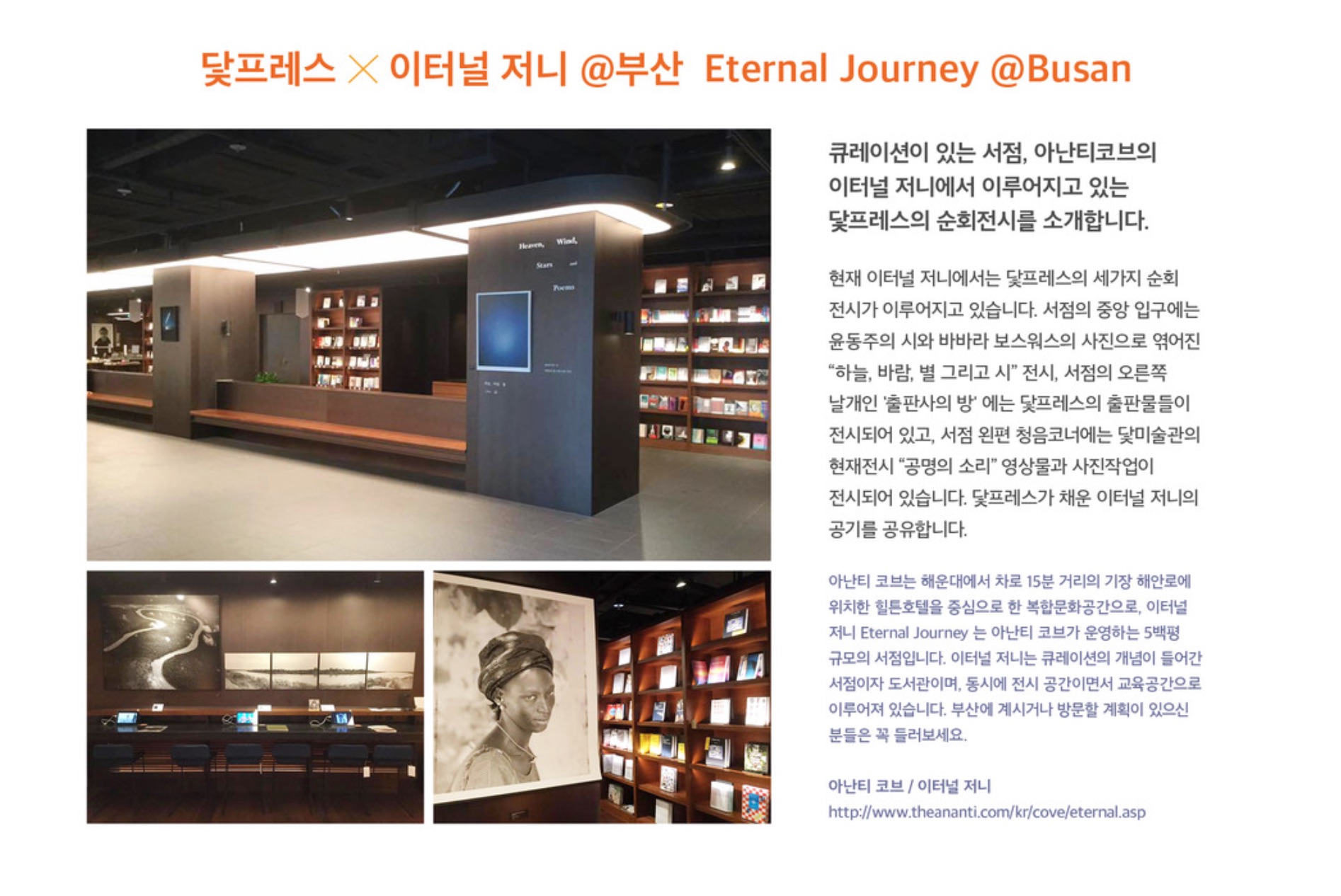News Posts (do not delete)
EXHIBITION: Reclamation: Artists’ Books on the Environment, San Francisco Center for the Book, San Francisco, CA
San Francisco Center for the Book and San Francisco Public Library host Reclamation: Artists' Books on the Environment, a juried exhibition of artists' books exploring our relationship to the environment at this moment on the planet.
Environmental concerns demand increasing attention, from rising temperatures and dangerous weather events, to crises in water quality, to multiplying fires...the list goes on, echoed around the globe. Book artists create works that involve, educate, and inspire action. Book art takes many forms. Reclamation: Artists' Books on the Environment seeks to inspire and educate viewers to reflect on climate change and its impacts locally, nationally, and internationally. At the same time, the exhibition endeavors to avoid dualistic arguments common to today’s divisive political scene.
This exhibition takes place under the umbrella of The Codex Foundation's EXTRACTION: Art on the Edge of the Abyss call to action.
EXHIBITION: Place and Beyond, Seoul, South Korea
Exhibition: ‘Place and beyond’
Book exhibition ‘Place and beyond’ composed of recent Datz’s publications is held at the D’Ark Room in Guui-dong, Seoul. Along the process of contemplating life and weaving it into a single book, there are poems derived from the boundaries of the inside and the outside, the reality and the ideal. We invite you to the time and space of the artists who may stand here but imagine the beyond.
Artists and Books:
Katherine Yungmee Kim ‘Longitude’
Jane Baldwin ‘Only the River Remains’
Linda Connor ‘Constellations’
Bryant Austin ‘sun, water, being’
Phyllis Galembo ‘SODO’
Mary Daniel Hobson ‘Offerings’
Barbara Bosworth ‘Sea of Clouds’
Yoonsuk Kim ‘Here to Stay’ Min Kyung ‘Her and My Parabola’
* Date: 2021.4.30 - 8.31 *
Place: D’Ark Room / D’Front Space, Seoul, South Korea
ANNOUNCEMENT: Extraction: Art on the Edge of the Abyss, Summer & Fall of 2021
EXTRACTION: Art on the Edge of the Abyss exhibitions will take place in multiple locations throughout the U.S. and abroad during the Summer and Fall of 2021—a multimedia, multi-venue, cross-border art intervention that will investigate extractive industry in all of its forms (from mining and drilling to the reckless exploitation of water, soil, trees, marine life, and other natural resources). The project will expose and interrogate extraction’s negative social and environmental consequences, from the damage done to people, especially indigenous and disenfranchised communities…
EXHIBITION: Sonoma Modern | Contemporary, Sonoma, CA
ANNOUNCEMENT: NOTES & PHOTOS FROM MILAN: "If Only the River Remains to Speak," Milan, Italy
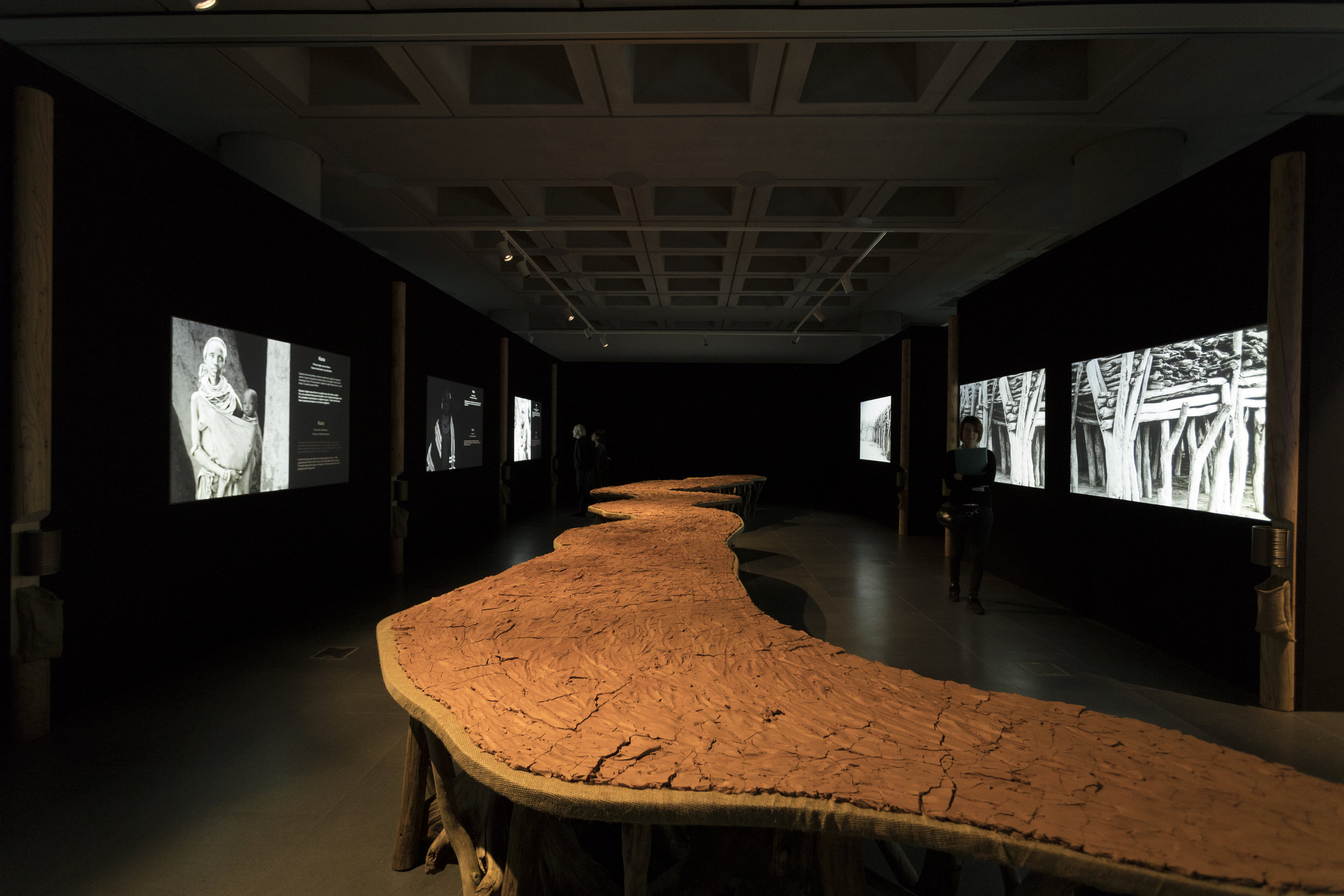
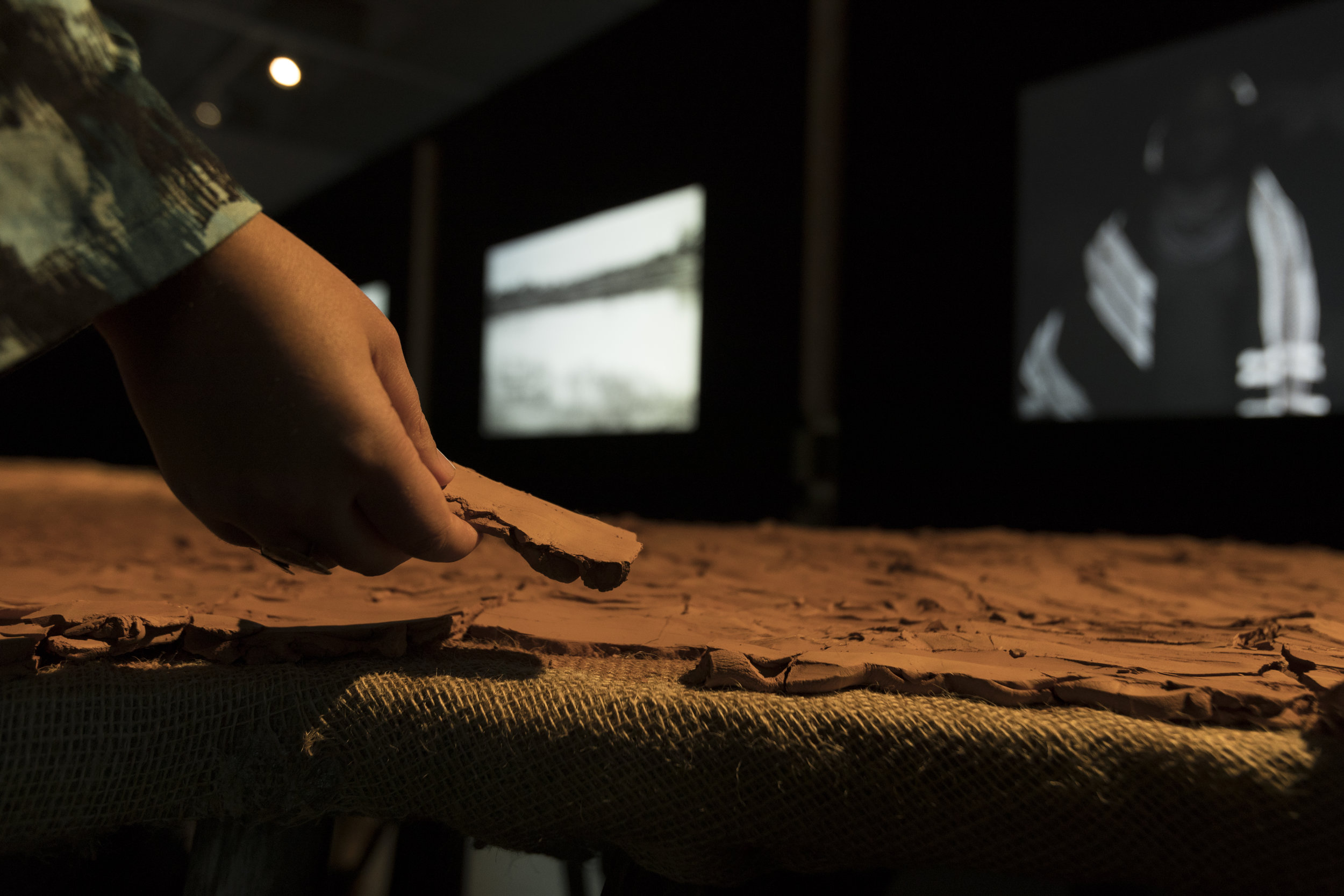

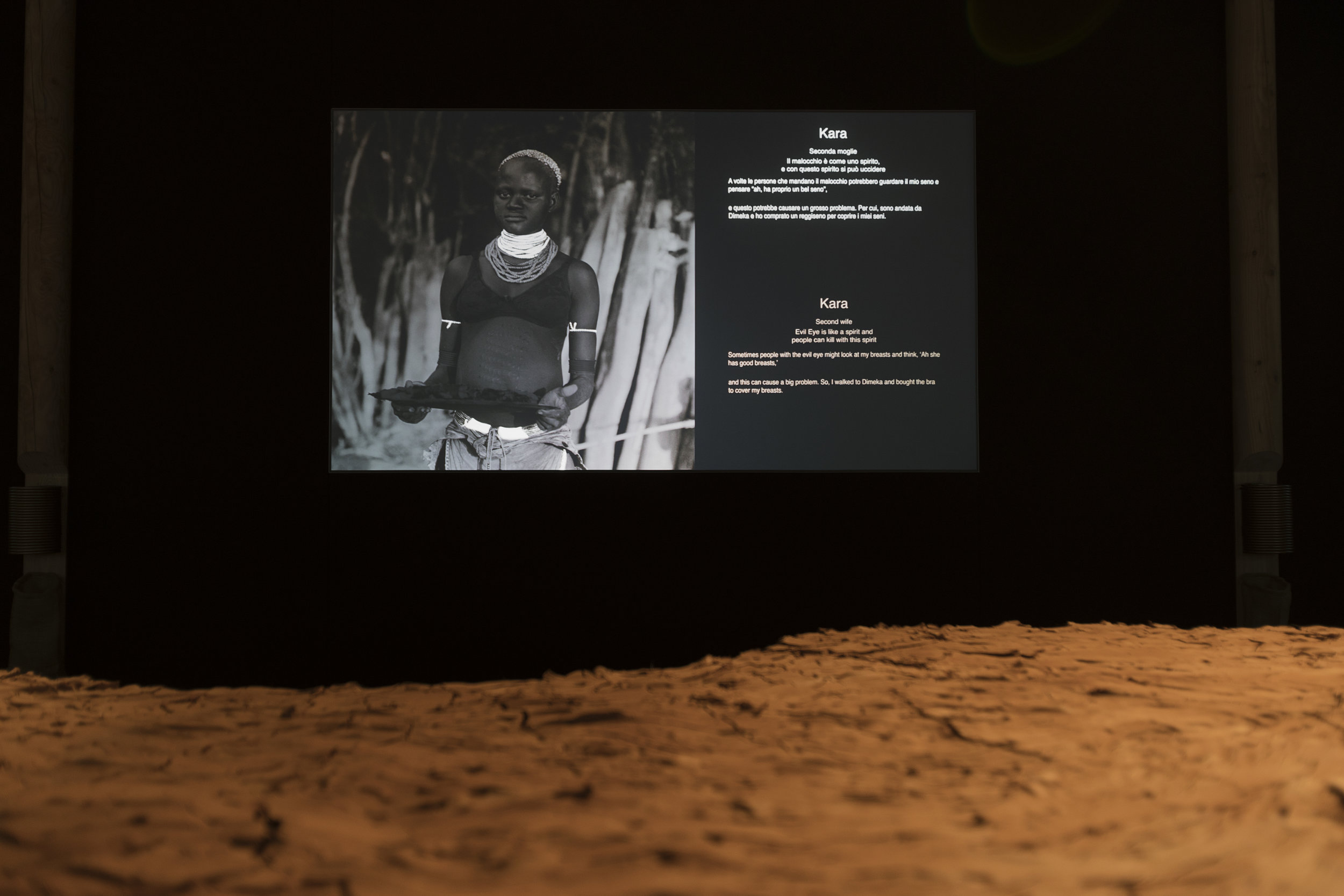
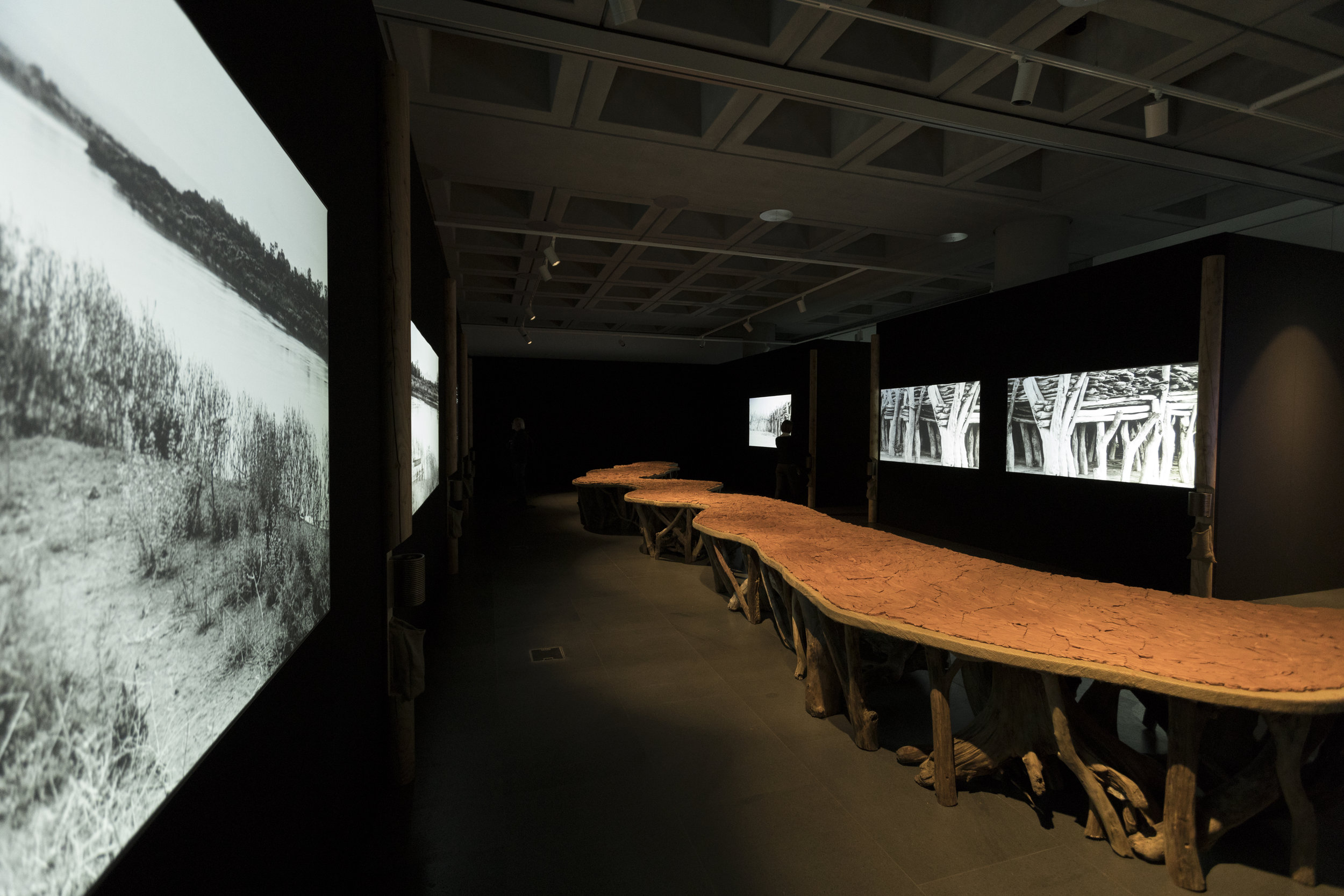
English Captions: (Above) "If Only the River Remains to Speak”, sensitive environment, MUDEC 2018. Photo: Studio Azzurro. (Below) "If Only the River Remains to Speak”, sensitive environment, MUDEC 2018. Photo: Survival International.
“If Only the River Remains to Speak” at Museo delle Culture (MUDEC), Milan, Italy until January 6, 2019
Twenty of my black and white portraits of the women from Ethiopia’s Omo River watershed and Kenya’s Lake Turkana along with related stories and audio recordings are presented in “If Only the River Remains to Speak” — a collaboration with Studio Azzurro and Survival International that is now open at the Museo delle Culture (MUDEC), Milan, Italy until December 31, 2018.
Studio Azzurro’s visionary installation design has come to life. The space is anchored by a 30-foot, sinuous red clay riverbed that seems to continue forever into the darkened room. Visitors are finding it easy to approach the table-height river bed to touch its dry clay, and then select a piece of cracking red clay to use as tokens (and a keepsake) to activate the audiovisual wall displays of the women and their stories.
The twenty personal stories of the women from the Omo watershed region reveal themselves on screens around the dark room, breaking through “indigenous objectification” (photographs that memorializes cultures while overlooking the reality of its living members) by including audio of their voices and text of their own stories in both English and Italian.
As we had hoped, the entire experience provides a 45-60 minute virtual “visit” with the women of this region and gives them a voice in Milan and Italy where the United Nations, hydrologists, corporations and lawyers are contemplating the best way forward for their ancestral land and resources.
The immersive art environment forms a human connection, cultivating empathy for the struggles these women and their communities face as their flood-recession agriculture and ability to plant their seasonal sorghum along the Omo River has been compromised. The Omo River’s natural resources are being destroyed as a result of dam development and the massive Kuraz irrigation project for sugarcane. Listening to the emotion in the women’s voices and reading their stories makes it is clear that they have the same concerns and aspirations as women in developed countries.
Protecting the rights of tribal people is the work of our project collaborator Survival International, who has been bringing educational programs to the museum as well as stakeholders in the issues around the Omo to encourage conversations for cultural change. Survival International has already sponsored group tours with hundreds of high school and university students. Students experience “the Omo” through engagement with the exhibit followed by conversation, reflecting, for example, on the evolution of the word “primitive” and how it has acquired negative meanings in a post-colonial world. This exercise helps to reveal our common humanity and dispel misconceptions that these communities are primitive, and reveals a highly sophisticated interdependent civilization based on an oral tradition, at risk of extinction. University students are also challenged to consider the real-life challenges and damages caused by mega-dam construction, and then suggest alternative energy solutions.
I believe that this installation is connecting cultures across miles of geography, and reminding us that we are all human.
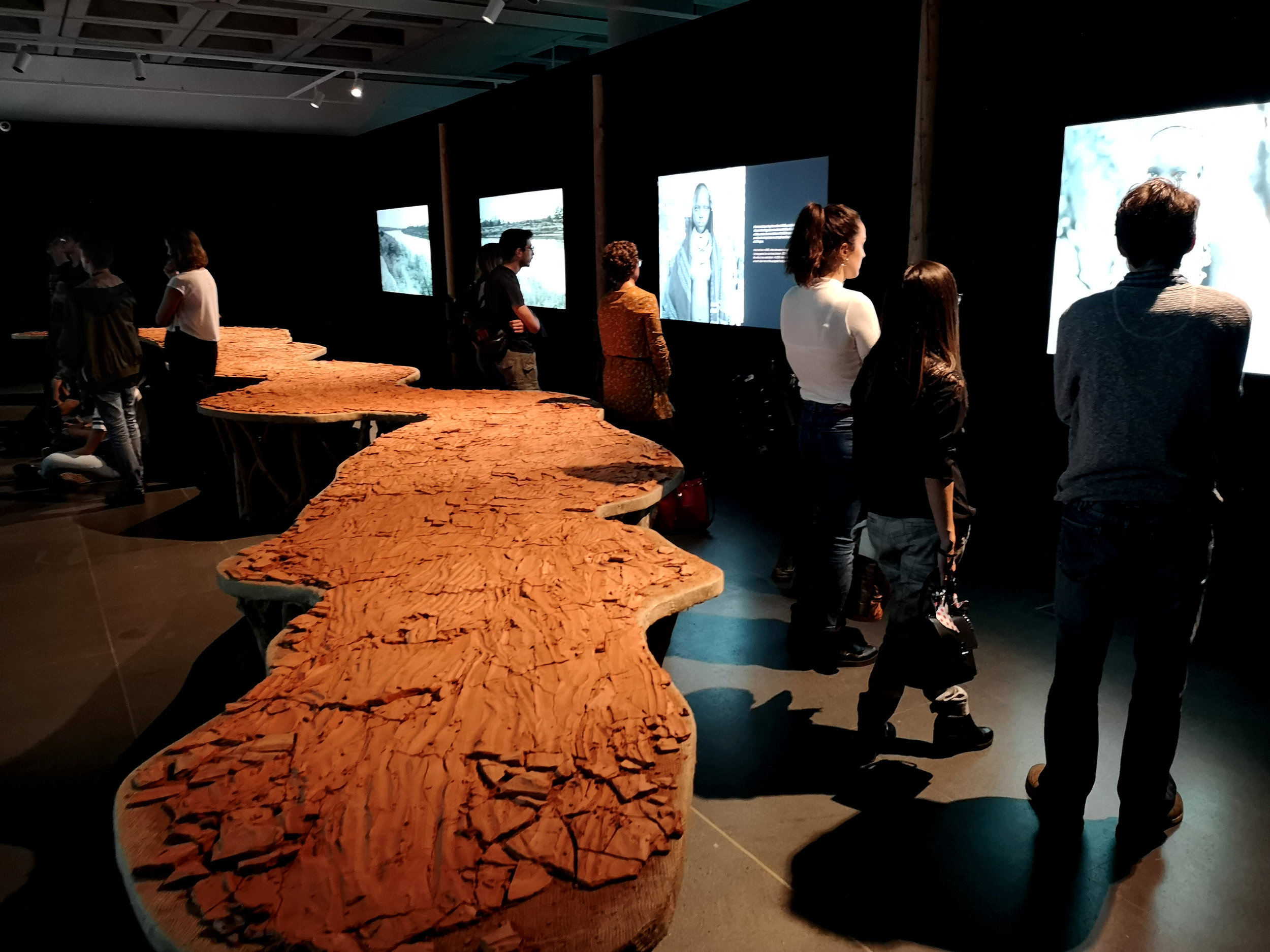
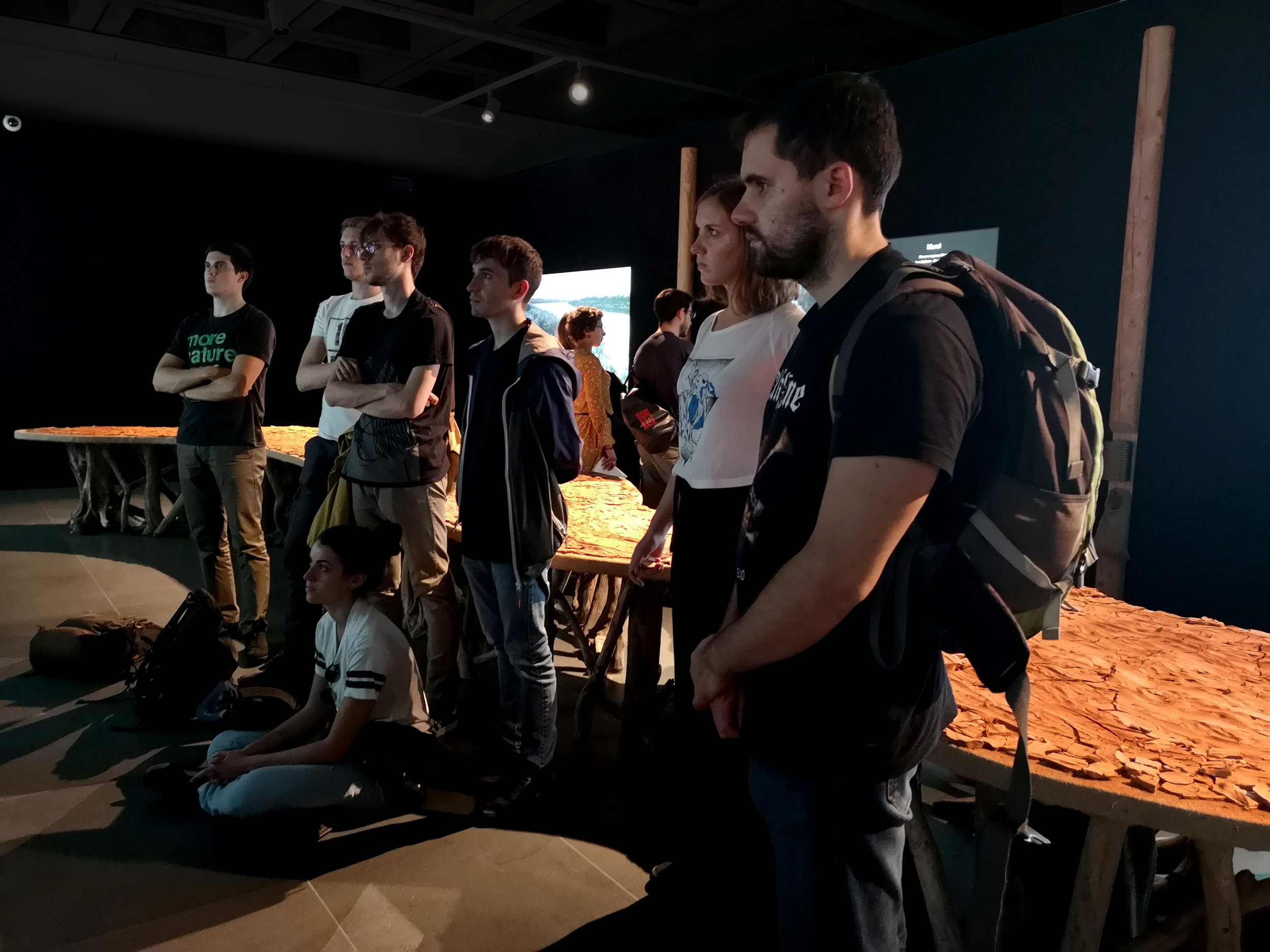
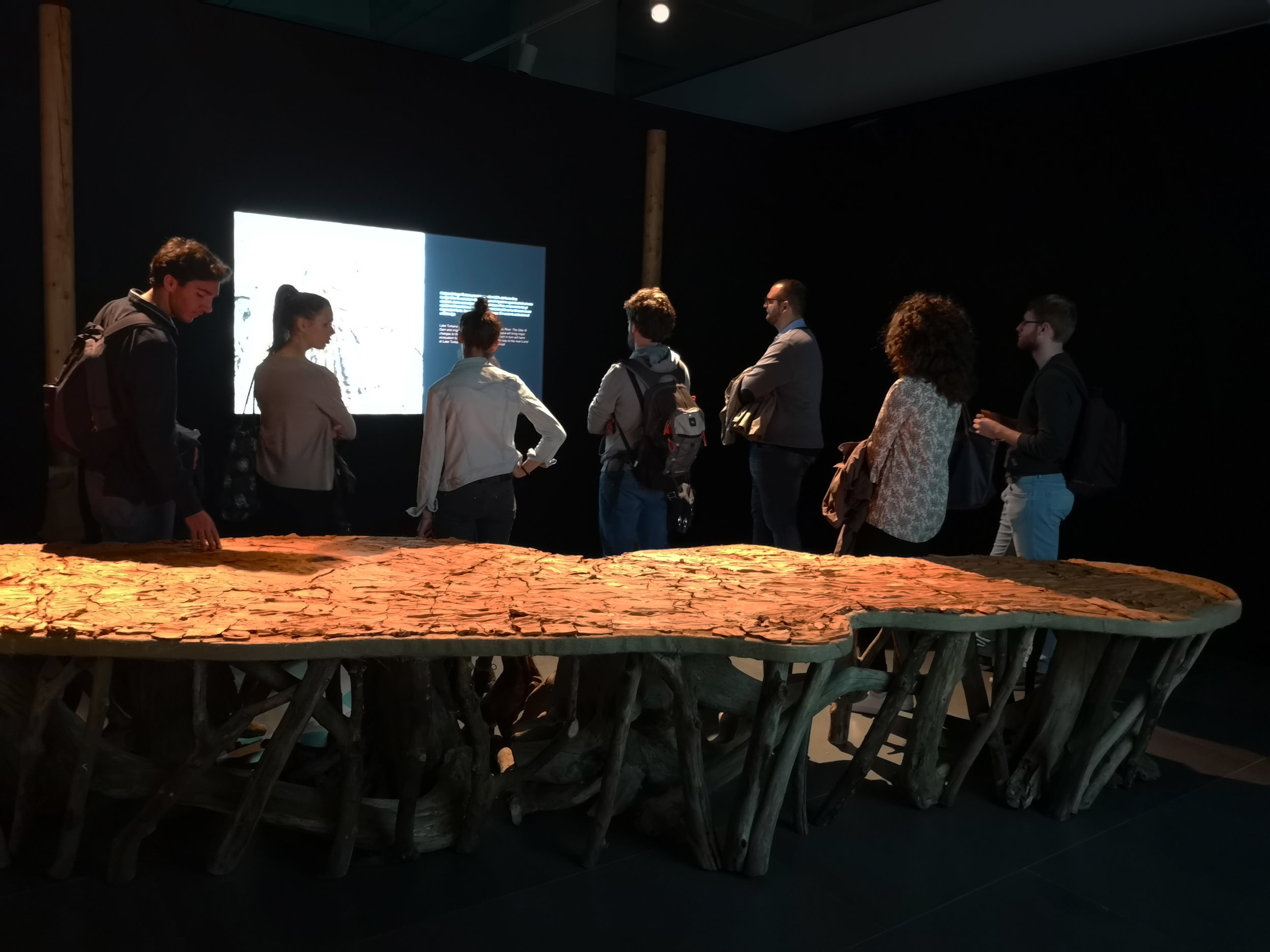
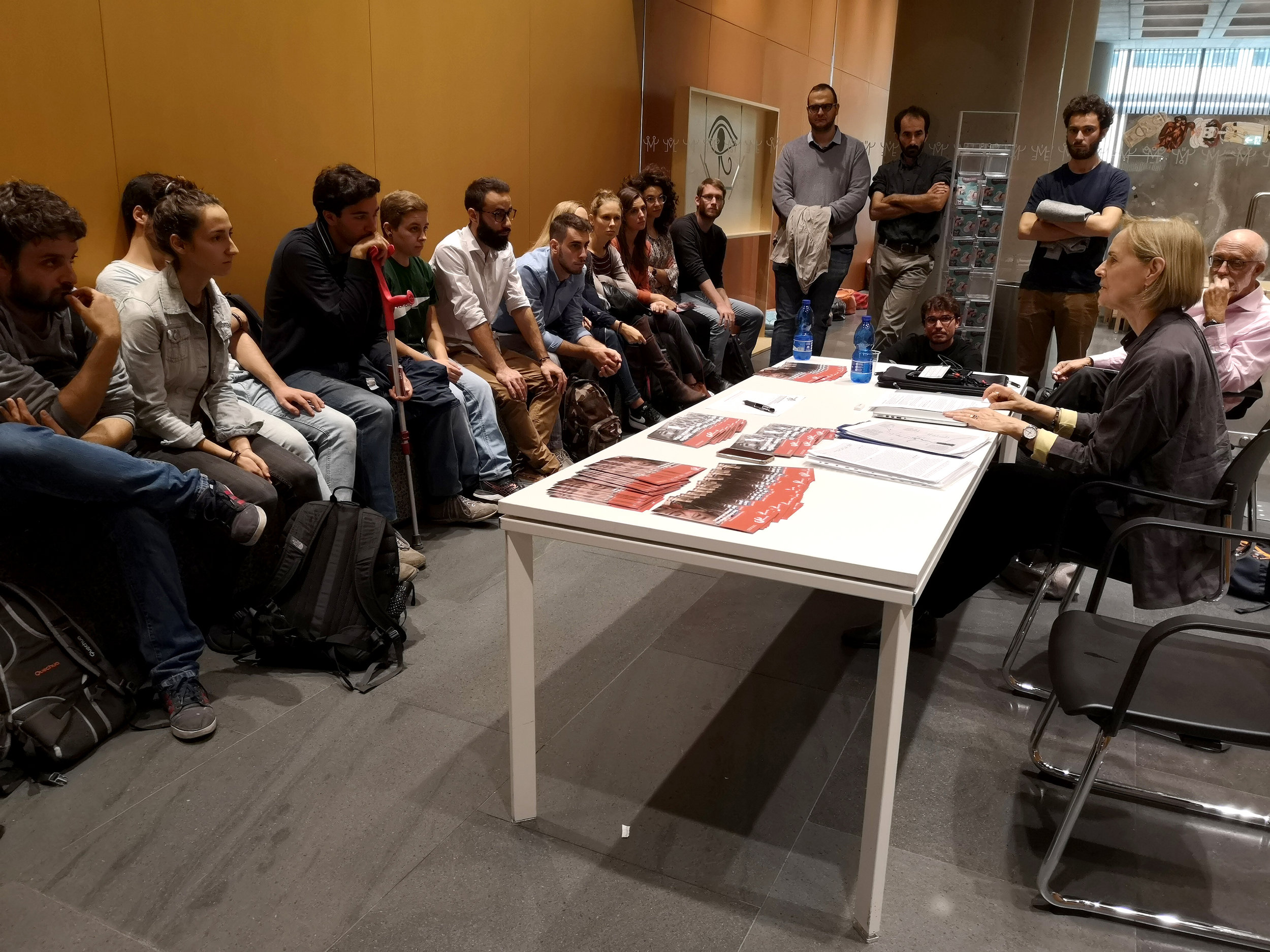
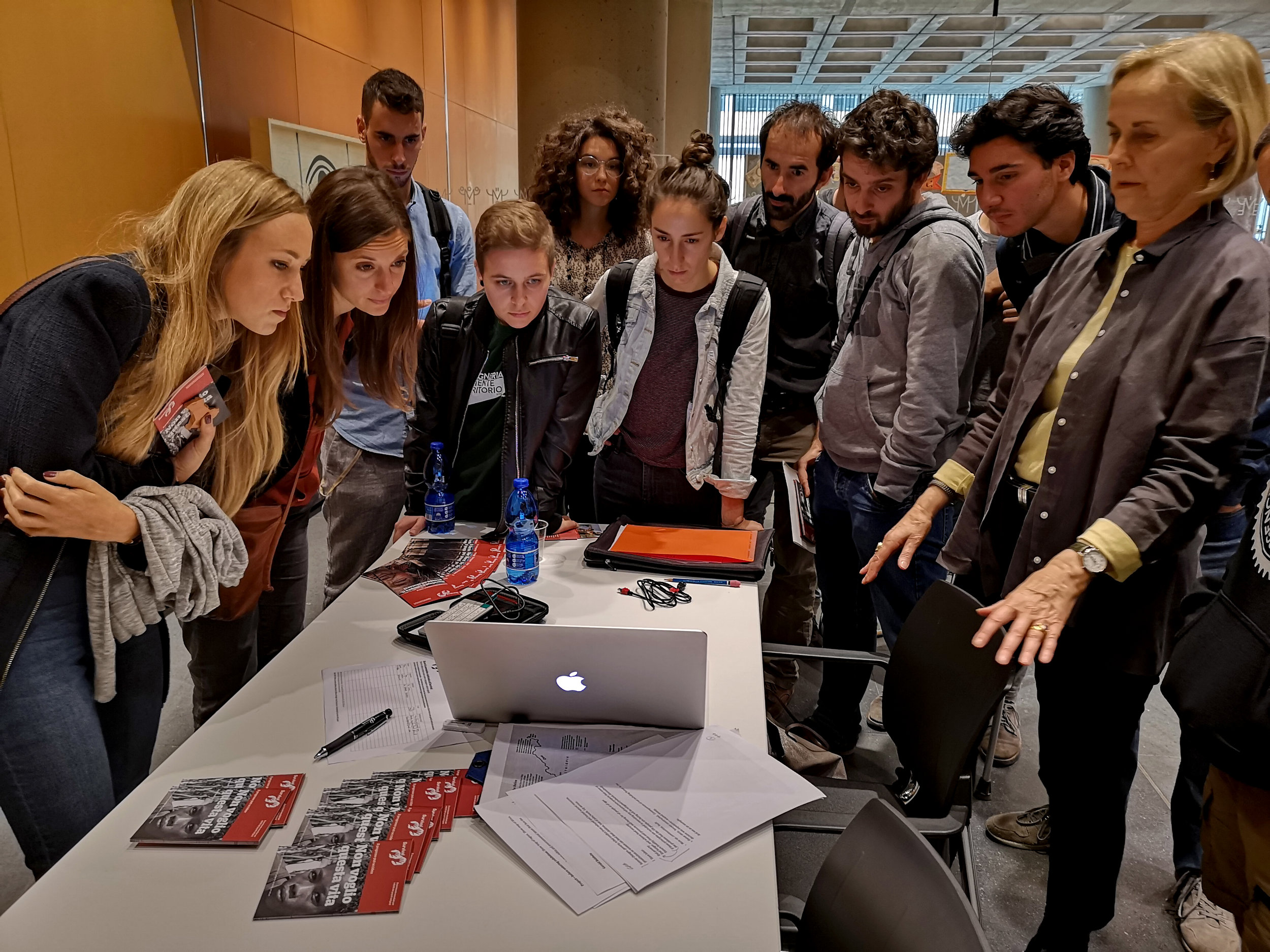
ANNOUNCEMENT: Busan, South Korea
EXHIBITION: Datz Museum of Art, Seoul, South Korea
September 9, 2017 - February 25, 2018
참여작가
로니 그래험 Lonnie Graham
제인 볼드윈 Jane Baldwin
협력 큐레이터
앤 베이 Anne Veh
닻미술관은 가을을 맞이해 특별 기획전시 <공명의 소리 Resonant Voices>를 준비했습니다. 미국에서 초청한 두 명의 사진가, 로니 그래험 Lonnie Graham과 제인 볼드윈 Jane Baldwin은 각각 '세계와의 대화 A Conversation with the World'(1987-현재), '남겨진 강: 카라 여인의 이야기 Only the River Remains: Kara Women Speak'(2004-현재) 다큐멘터리 프로젝트를 선보이며 타인에 대한 진정 어린 이해와 관용, 사랑의 가치에 대해 깊이 있는 대화를 건넵니다.
로니 그래험은 30년간 '세계와의 대화'를 진행하며 6개 대륙, 50여 개국에서 만난 사람들에게 여덟 가지 주제 -기원origins, 가족family, 삶life, 죽음death, 가치관values, 전통tradition, 연결connections, 서구 문화western culture에 대해 공통 질문을 던지고 그들의 사진을 찍어왔습니다. 제인 볼드윈은 아프리카 에티오피아를 10년 동안 방문하며 오모강(Omo River)에서 살아가는 카라 여인의 삶을 사진과 영상 등으로 기록했습니다. 특히 그는 댐 건설과 개발 정책으로 생태계는 물론 카라인의 생존까지 위협받는 모습을 보고 이들의 목소리를 전하기 위해 애쓰고 있습니다.
<공명의 소리 Resonant Voices>는 이처럼 두 작가의 의미 깊은 프로젝트의 화합으로 이루어졌습니다. 전시 공간에 들어서면 로니 그래험이 촬영한 27명의 인물 사진이 관람객을 둘러싸고 카라 여인과 오모강의 풍경이 이들과 함께 호흡하며 마주합니다. 더불어 닻프레스에서 발간된 매거진 ‘깃’ 9호와 두 작가의 사진 출판물이 전시를 더욱 풍성하게 만듭니다.
로니 그래험과 제인 볼드윈의 두 프로젝트는 결국 같은 이야기를 향합니다. 바로 각자 삶의 문화를 지켜내기 위해 고군분투하는 모습은 우리의 삶과 결코 다르지 않다는 사실입니다. 이는 타인의 목소리에 진심으로 귀 기울여야 하는 이유이기도 합니다. 공감의 울림으로 가득한 닻미술관의 새로운 전시, <공명의 소리 Resonant Voices>로 여러분을 초대합니다.
For the autumn season Datz Museum of Art has prepared a special exhibition titled, “Resonant Voices.” Two photographers from the United States—Lonnie Graham and Jane Baldwin—have been invited to present their documentary projects: “A Conversation with the World” (1987-present) and “Only the River Remains: Kara Women Speak” (2004-present), each engaging in profound conversations about the genuine understanding and generosity of others and the value of love.
Over the past 30 years, Lonnie Graham has carried out his “Conversation with the World” in more than 50 different countries on six continents. He asks the people he meets common questions concerning eight subjects—origins, family, life, death, values, tradition, connections and western culture—and photographs them. For one decade Jane Baldwin has visited Ethiopia, Africa, documenting the lives of Kara women living on the Omo River through photography, voice recordings and video. Baldwin is especially focused on bringing their voices to the world after witnessing the imperiled ecosystem and endangered livelihood of these women due to the construction of dams and other development policies.
Resonant Voices was made as a collaboration between the two artists’ meaningful projects. As viewers enter the exhibition space, they are surrounded by 27 portrait photographs taken by Lonnie Graham, and then come face-to-face with the Kara women and landscapes of the Omo River. In addition, the 9th issue of the magazine Gitz, published by Datz Press, and the two artists’ photographic publications add scope to the exhibition.
The two projects by Lonnie Graham and Jane Baldwin are ultimately directed toward the same story. The lives of these people struggling are no different from our own lives. We are all struggling, essentially, to preserve our world and culture. For this reason we must listen to their voices sincerely. We invite you to the new exhibition “Resonant Voices” at Datz Museum of Art, which we hope resonates long after you leave the museum.
제인 볼드윈 Jane Baldwin '남겨진 강: 카라 여인의 이야기 Only the River Remains: Kara Women Speak'
공명이란, 마주 울리는 것
영향을 주고받는 것,
그 파장이 널리 퍼지는 것입니다.
어떤 것에 공감하여 따르는 것이며,
그 진동의 폭이 깊어지고
서로 다른 것이 만나 강해지는 것입니다.
삶의 증인을,
이야기를 들어줄 한 사람을 찾습니다.
그 눈물을 닦아주고
두 손을 마주잡아
다시 하나가 되기 위해
잠시 머물다 떠나는,
우리는
어디서 와서
어디로 가고 있는지
주문 같은 빛의 언어로
다시 그 길로
돌아가기 위해
대지를 품은 얼굴
하늘의 깊은 눈을 가진,
길을 찾는 모든 이에게
공명이란, 이곳에 닿은 빛
위로 오르는 따뜻한 공기
치우침 없이 공정하고 바른,
서로를 향해 마주 울리는 대화입니다.
빛의 놀이터에
세계의 고요한 소리가 울립니다.
나를 비워낸 자리에 당신이 와 있습니다.
하나의 원이 되어
생명이 흐르는 강으로
다시 돌아가는 길을 묻고 있습니다.
주상연_기획
“Resonance” means something rings true in one another,
influences one another.
The waves spread far.
It means empathizing with something and following it,
and when the vibration amplifies and deepens
different things meet to become stronger.
We are looking for a witness to life,
someone who will listen to our stories,
wipe away tears,
hold our hand.
We are looking to become one again.
As temporary visitors,
where do we come from
and
where are we going?
With the language of light,
which is like a spell,
returning to that road,
we face and embrace the land
with the deep eyes of the sky.
To all those who are searching for a path,
it is the light arriving,
the warm air rising,
the fair and upright, unbiased
conversation resounding between us all.
In the playground of light
a quiet sound of the world can be heard.
You are here in the place I emptied myself.
As a single circle,
as a river flowing with life
we ask the way back.
Sangyon Joo, Director, Datz Museum of Art
전시연계 프로그램
아티스트 토크 로니 그래험, 제인 볼드윈
일시 2017.09.08 (금) 오후 7시 30분
장소 다크룸 서울시 광진구 아차산로 471 CS 플라자 지하 1층
참가신청 http://www.datzpress.com/fnl_registration / 02-447-2581
참가비 10,000원
라운드 토크 로니 그래험, 제인 볼드윈, 앤 베이
일시 2017.09.15 (금) 오후 4시
장소 닻미술관 경기도 광주시 초월읍 진새골길 184
참가신청 museum@datzpress.com / 031-798-2581
참가비 10,000원
Exhibition Programs
Artist Talk Lonnie Graham, Jane Baldwin
Date 2017.09.08 (Fri) 7:30pm
Location D'Ark Room 471 Achasan-ro, B102 CS Plaza, Gwangjin-gu, Seoul, Korea 05035
Registration http://www.datzpress.com/fnl_registration / 02-447-2581
Price 10,000won
Round Talk Lonnie Graham, Jane Baldwin, Anne Veh
Date 2017.09.15 (Fri) 4pm
Location Datz Museum of Art, 184 Jinsaegol-gil, Chowol-eup, Gwangju-si, Gyeonggi-do, Korea 12735
Registration museum@datzpress.com / 031-798-2581
Price 10,000won
후원 한국문화예술위원회 한국메세나협회 (주) 주신공영
닻미술관 경기도 광주시 초월읍 진새골길 184
www.datzmuseum.org | museum@datzpress.com | 031-798-2581
대중교통 이용 시 초월읍사무소 정류장에 내리신 후 전화주시면 오시는 길을 알려드립니다.
ANNOUNCEMENT: Datz Museum of Art, Seoul, South Korea
EXHIBITION: Sonoma Valley Museum of Art, Sonoma, CA
EXHIBITION | Sonoma Valley Museum of Art
SONOMA, CA – June 26, 2015 – Jane Baldwin’s travel and immersive work in the Omo River Valley photographing and recording stories from the women of indigenous communities living in Ethiopia and Kenya will be seen in an exhibition at the Sonoma Valley Museum of Art from September 12-December 6, 2015. A series of public programs will bring environmental and human rights activists in to explore these urgent issues.
The exhibition features a selection of life size portraits and accompanying stories that span cultural traditions of first and second wife, death and mourning, arranged marriage, childbirth, education, a woman’s role as a Kara government representative. The multi-sensory exhibition also features Baldwin’s ten-minute short film of a Kara women musing about her concerns for the survival of her people, an audio tour that highlights the soundscape of field recordings along the banks of the Omo River, and a selection of artifacts gifted to the artist.
“Working behind a medium format Hasselblad, Baldwin’s engagement with her subject is unbroken,” comments curator Anne Veh. “Artist and subject form a cross-cultural bridge of human understanding. Over time, Baldwin has created a documentation of indigenous culture that reflects the complex assimilation of the ancient and modern, woven into concerns for their future, all from a women’s perspective.”
Based in Duss, Baldwin’s camp was situated on the ancestral lands of the Kara tribe, providing an intimate relationship with the Kara, the smallest of the several self-sustaining indigenous tribes along the Omo River. Immediately drawn to the women of the Kara and neighboring tribes, the Nyangatom, Hamar, Turkana and Dassanach, Baldwin found herself quietly sitting with the women, watching, listening and adapting to the natural rhythms of river life on the Omo. Baldwin’s curiosity and willingness to bare witness to their stories engendered a trust that evolved slowly and developed into a lifetime multi-media project. Kara women are the keepers of the ancient oral traditions; through storytelling the legacy of a harmonious and interdependent way of life is preserved through myth, proverb and song.
The Kara, a population of approximately 1,200, depend on the river’s annual flood cycle to replenish their land to farm sorghum and maize and to nourish their livestock. Their agro-pastoralist way of life is currently threatened by the construction of a giant hydroelectric dam on the Upper Omo River, the Gibe III (nearing completion) and land grabs by foreign investors and governments for the production of cotton and sugar cane. The Omo River, reverently referred to as their Mother and Father, has provided for the Kara’s wellbeing since the beginning of time.
A poignant moment for Baldwin occurred when the women elders reversed the questioning during an interview and asked Jane, “Do you know what is happening with the Dam? And if you do would you tell us?” Baldwin states, “These stories give voice to the uncertain fate of all indigenous people in the developing world who are threatened by the global drive for dwindling natural resources.”
Opportunities to explore the international practice of land grabs, hydropower projects, and human rights violations are timely, as well as inspiring innovative ways and practices to preserve what is sacred and an ecologically sustainable way of life. Several public programs examining these issues are being planned, where policy experts from around the globe will convene at SVMA. Additionally, a lesson plan for high school and college students is available online at http://www.globalonenessproject.org/resources/lesson-plans/verge-displacement
Baldwin reflects, “As a photographer, I believe art can inform and focus our attention in powerful and insightful ways. Through engagement and conversation, art can inspire empathy and evoke our humanity by raising awareness of political issues, and be a catalyst for change.”
For more information on the environment, political and social issues facing the tribes in the Omo River Valley and the Lake Turkana watershed, please visit the following non-profits online at: International Rivers, Berkeley, California; Friends of Lake Turkana, Lodwar, Kenya; Human Rights Watch, New York, New York; Oakland Institute, Oakland, California; and Survival International, London, England.
The exhibition provides opportunities to explore the international practice of land grabs, hydropower projects, and human rights violations are timely, as well as inspiring innovative ways and practices to preserve what is sacred and an ecologically sustainable way of life. A lesson plan for high school and college students is available online at http://www.globalonenessproject.org/resources/lesson-plans/verge-displacement
About the Sonoma Valley Museum of Art:
Established in 1998, the Sonoma Valley Museum of Art is a membership supported 501(c) 3 non-profit organization that provides seasonal exhibitions of contemporary and modern art and educational and public programming for children, youth and adults. Its mission is to be, “a magnet of creative energy and cultural inspiration with exhibitions and educational programs that engage the community in the art and ideas of our time, encouraging curiosity and innovation.”
The Sonoma Valley Museum of Art is
located at 551 Broadway, one half block
up from Sonoma’s historic Plaza. Regular
Museum hours are 11am–5pm
Wednesday through Sunday. Admission is
$5 for adults. Children k–12 are admitted free, as are SVMA members. Additional information is available at www.svma.org or by calling (707) 939-7862.





